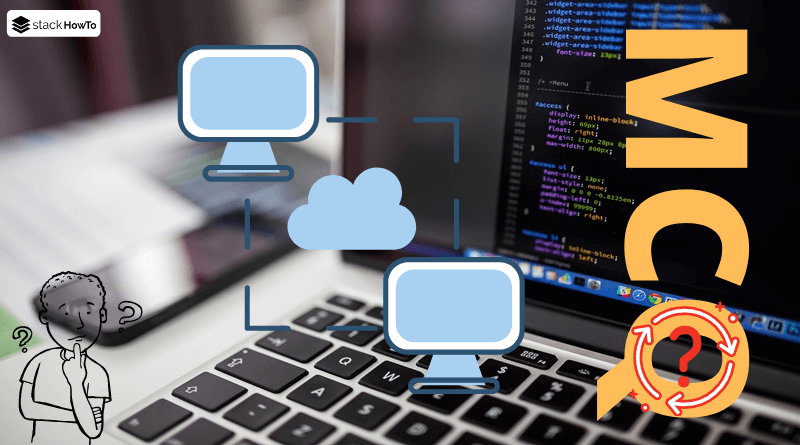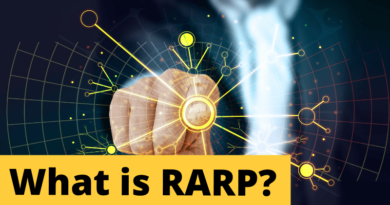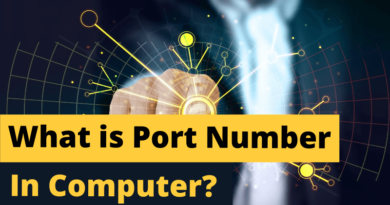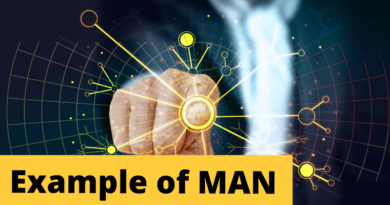OSI Model
In this tutorial, we are going to see What does mean OSI Model in Computer Networks? The Open Systems Interconnection (OSI) model is a conceptual framework that describes the functions of a network or telecommunications system. The model has been broken down into layers to visually describe what is happening with a particular networking system. It allows both network managers to see more precisely where the problem lies (physical or application-related), and programmers to know which layers their application needs to work with and how to develop it. When introducing their new products, technology vendors often also refer to the OSI model to help customers understand which layer they are working with.
Developed in the 1970s, when computer networks were taking off, two separate models were merged in 1983 and published in 1984 to create the OSI model as we know it today. Most descriptions of the OSI model start from the top down, with numbers ranging from layer 7 to layer 1.
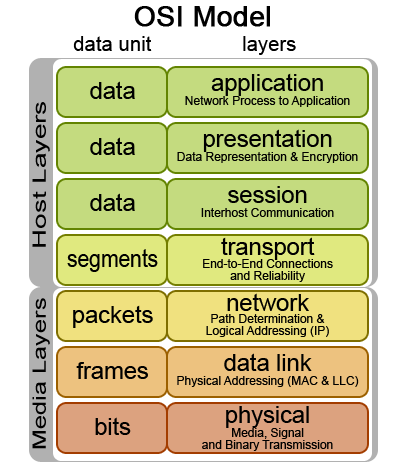
Image source: www.wikimedia.org
Application (Layer 7):
The application layer is at the top of the stack – it’s the one most users see. In the OSI model, it is the layer “closest to the end-user”. Applications that operate at Layer 7 are those that users interact with directly. It creates a direct interface via network applications such as a web browser (Google Chrome, Firefox, Safari, etc.), email, FTP, or other stand-alone applications such as Skype, Outlook, Office. All are examples of Layer 7 applications.
Presentation (Layer 6):
This layer is where the preparation or translation from application format to network format, or from network format to application format, is performed. In other words, the layer “presents”, i.e. formats the data for the application or network. A good example of a Layer 6 function is the encryption and decryption of data for secure transmission, or the compression of data.
Session (Layer 5):
In order for two devices, computers or servers, to “talk” to each other, a session must be created, and this happens at the layer of the same name. The functions of Layer 5 involve configuration, coordination (the time the system must wait for a response, for example) and termination between applications at the end of each session. It ensures the synchronization of the dialogue between hosts.
Transport (Layer 4):
The transport layer deals with the coordination of data transfer between end systems and hosts. It manages the amount of data to be sent, the timing, the destination, etc. The best known example of the transport layer is the Transmission Control Protocol (TCP), which is built on the Internet Protocol (IP), commonly known as TCP/IP. TCP and UDP port numbers operate at layer 4, while IP addresses operate at layer 3, the network layer.
Network (Layer 3):
The network layer is where most of the router’s functionality is found. It is highly monitored by network professionals. In its most basic sense, this layer is responsible for the transmission of packets, including routing through different routers. You may know that this computer in Boston wants to connect to a server in California, but millions of different paths are possible. The routers in this layer make it possible to do this efficiently.
Data Link (Layer 2):
The data link layer ensures the transfer of data from node to node (between two directly connected nodes), and also manages the error correction of the physical layer. This layer also includes two sub-layers: the media access control (MAC) layer and the logical link control (LLC) layer. In networking, most switches operate at Layer 2.
Physical (Layer 1):
At the bottom of this list, the physical layer describes the electrical, logical and physical characteristics of the system, i.e., all the components, from the type of cable to the radio frequency link, voltages and other physical requirements. When a network problem arises, network professionals often start by checking the physical layer to ensure that all cables are properly connected and, for example, the power plug has not been removed from the router, switch or computer.


